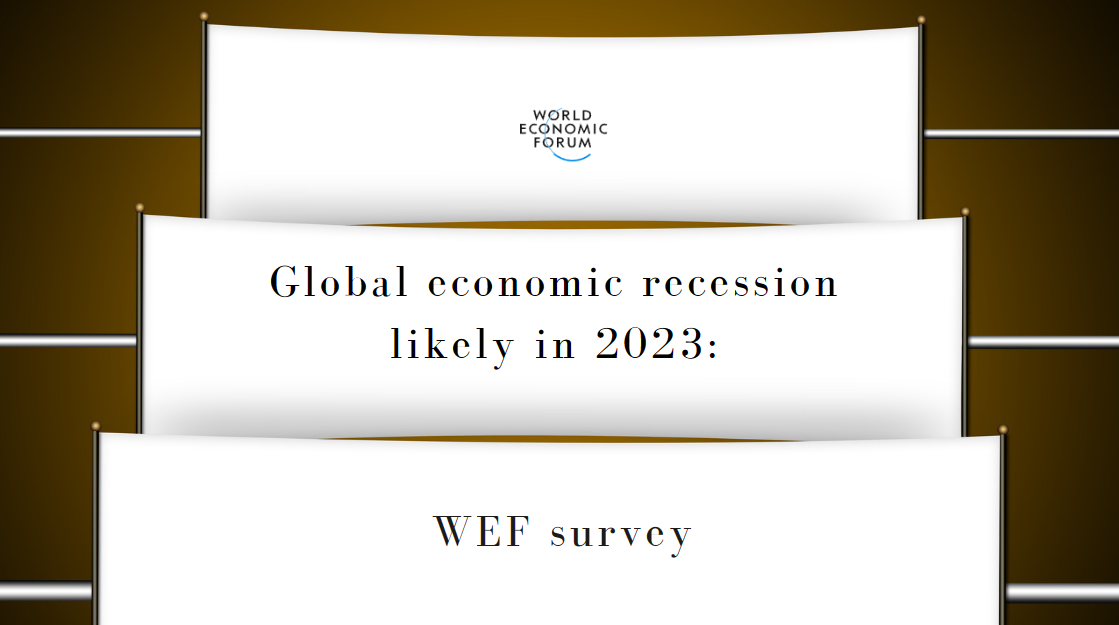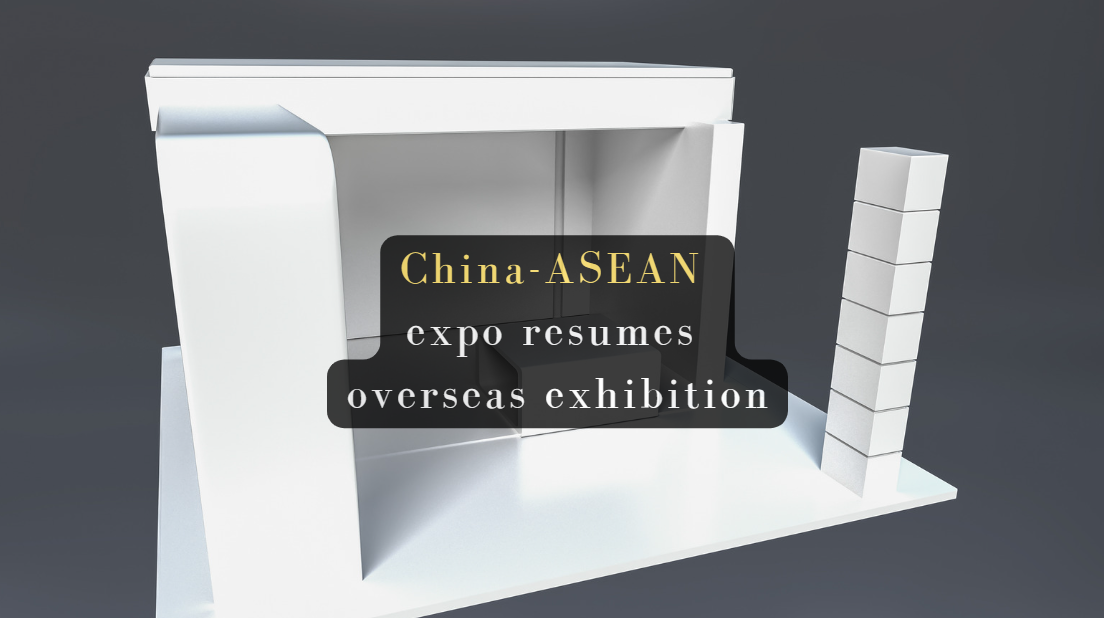RCEP helps raise customs clearance efficiency, lets SMEs participate in international trade: CCPIT official
Enterprises surveyed by China’s trade promotion agency have said that the implementation of the Regional Comprehensive Economic Partnership (RCEP) has increased their customs clearance efficiency and reduced costs. More importantly, small and medium-sized enterprises (SMEs) are now able to participate in international trade more conveniently through e-commerce under the RCEP.
“In our survey, enterprises said that implementation of the RCEP has greatly shortened the customs clearance time for goods and reduced their time costs,” Zhang Shaogang, vice chairman of the China Council for the Promotion of International Trade (CCPIT), told media on the sidelines of a press conference on Monday.
With the help of RCEP e-commerce, China’s SMEs have also started to participate in international trade activities, said Zhang, adding that their trade volume has increased significantly and their international competitiveness has been enhanced.
Currently, 14 out of the 15 members of the RCEP have brought the agreement into force. “As far as we know, the Philippines is completing the domestic approval process,” said Zhang.
Fruitful results have already emerged during the past year since the RCEP took effect.
In 2022, trade with RCEP members, which amounted to 12.95 trillion yuan ($1.92 trillion), accounted for 30.8 percent of China’ total foreign trade, according to statistics from the General Administration of Customs (GAC) on Friday.
From a business perspective, reduced tariffs under the RCEP have brought real and tangible benefits to enterprises, said Zhang.
From January to November 2022, Chinese companies have applied for and issued a total of 698,000 certificates of origin under RCEP. The corresponding export value was 213.4 billion yuan, which means 1.37 billion yuan of goods enjoyed tariff concessions from importing countries, according to the GAC.
At the same time, enterprises exporting to China enjoyed tariff concessions on 58.8 billion yuan worth of goods, with tariff reductions totaling 1.41 billion yuan.
It is believed that with the full implementation of RCEP tariff reductions, the scope of benefits for Chinese companies will be further expanded and their import and export volumes will also be significantly increased, said Zhang.
In terms of trade facilitation, the RCEP has greatly simplified customs clearance procedures. Importing countries are encouraged to implement customs clearance within 48 hours for the import of general goods, with six-hour clearance for perishable and express products.
The RCEP has also boosted the incentive for companies to participate deeply in regional industrial cooperation. The industrial and technological effects of the RCEP’s massive market are showing.
For instance, in 2022, China’s imports and exports of intermediate goods from and to other RCEP members reached 8.7 trillion yuan, up 8.5 percent year-on-year, accounting for 67.2 percent of China’s trade with other RCEP members. It means that intermediate products account for about two-thirds of China’s trade with other RCEP members.
This will help companies in the region draw on each other’s strengths and form a closer and more resilient supply chain. It will also help to attract more multinational companies from outside the region to increase their investment, said Zhang.
“According to our observations, many Chinese enterprises in the fields of automobiles, electronics, machinery and textiles are already working to strengthen cooperation in regional industrial and supply chains and to optimize regional industrial distribution based on the policy dividends of the RCEP, so as to enhance their overall competitiveness and resilience against risks,” Zhang revealed.
During the Monday press conference, the CCPIT issued a total of 16 copies of the Guide to the Business Application of Free Trade Agreements (FTAs), basically covering the 19 FTAs that China has signed with 26 countries and regions in Asia, Oceania, Latin America, Europe and Africa.
The guides were issued to help the majority of enterprises to understand FTAs and to provide useful reference books by introducing detailed rules of each FTA and case studies, according to the CCPIT.
“Making full use of the preferential policies of FTAs between partners can greatly improve the market access conditions for enterprises and reduce operating costs. They will enhance the international competitiveness of our products, services and investments,” said Zhang.




















































First, please LoginComment After ~